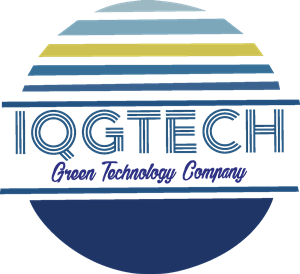THE THREE TYPES OF SOLAR HVAC
Solar HVAC systems can be one of three types, depending on whether they use DC power, AC power, or a combination of AC and DC power. Most systems are small and intended to provide supplemental cooling or heating. Many are designated as “mini-split” or ductless systems.
A conventional DC air conditioner is wired to the power supply—in this case, the PV panels. The majority of climate control systems require AC power. Hybrid solar-powered air conditioners run on either DC or AC power. Each type of system has pros and cons.
DC SYSTEMS
Because DC systems are connected directly to the PV panels, they tend to be less expensive to install and maintain. They don’t require batteries if the homeowner is willing to forego climate control when the sun isn’t shining. Using the system when there isn’t sunlight requires the added expense of batteries and inverter.
AC SYSTEMS
AC climate control systems are tied to the electrical grid. If the PV panels produce excess power, the excess can be fed back into the grid, decreasing the cost of electricity from the electric company. When it’s dark, the system gets power from the grid so that the occupants have 24/7 climate control. Although the cost of the basic AC equipment is less than DC equipment, AC systems will not work off the grid.
HYBRID SYSTEMS
Hybrid climate control systems use both AC and DC power. The systems can be connected to the PV panels and to the building’s electrical panel or to the grid. Most switch between AC and DC power automatically to provide continuous comfort. The system does not require an inverter or a battery, but most have an inverter, and a few include batteries. Excess power is stored in batteries if those are installed.
The systems often use plug and play technology that makes them easier to install. If they are installed off the grid and without a battery, the systems do not work when there is no sunlight.
